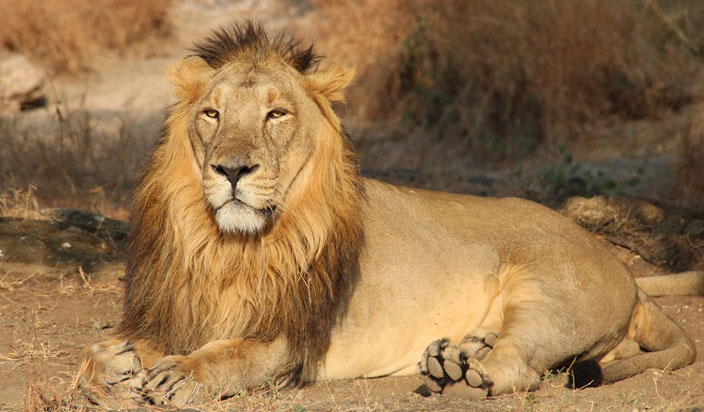The Great Migration

Survival is a base instinct in all animals. It enables them to brave dangers and travel unthinkable distances. In the case of sub-Saharan herd animals, the need for water and food drives hundreds of thousands to cross the African continent every year. They make this arduous journey with their young, through vast expanses of mountains, grasslands and rivers, courting risks at every step along the way.
This annual migration event is heralded by the monsoon. The rainwater resuscitates the ecosystem and barren lands are suddenly transformed into fresh, lush grasslands for grazing. The need for sustenance is compelling, and the sudden availability of abundance overwhelming. However, not all migratory herbivores successfully complete this journey, as many of them are hunted en route by predators.
If one looks at the calendar, from the months of December to early March, these herds stay mainly in the southern part of Tanzania. They arrive in Tanzania to birth their newborns because of the plentiful grazing pastures available during the season. But as the water dries up and the grasslands deplete, they almost instinctively begin their journey northward towards Kenya.
They typically reach Kenya by July or August and stay there until October, raising their young who survive the long and treacherous journey. Around the months of November and December, these herds resume their journey all the way back to Southern Tanzania, to once again give birth and thus, the cycle continues.
This is the world’s largest terrestrial mammal migration and a key element in maintaining the ecological balance of the entire region. Every living being from the tiniest insects to the largest predators such as lions and crocodiles, all live off this migration. ‘The Great Migration’ as it is widely known, is literally nature’s competition for the survival of the fittest!
If you find this journey fascinating, keep an eye on this space for more!
Aryaman Darda